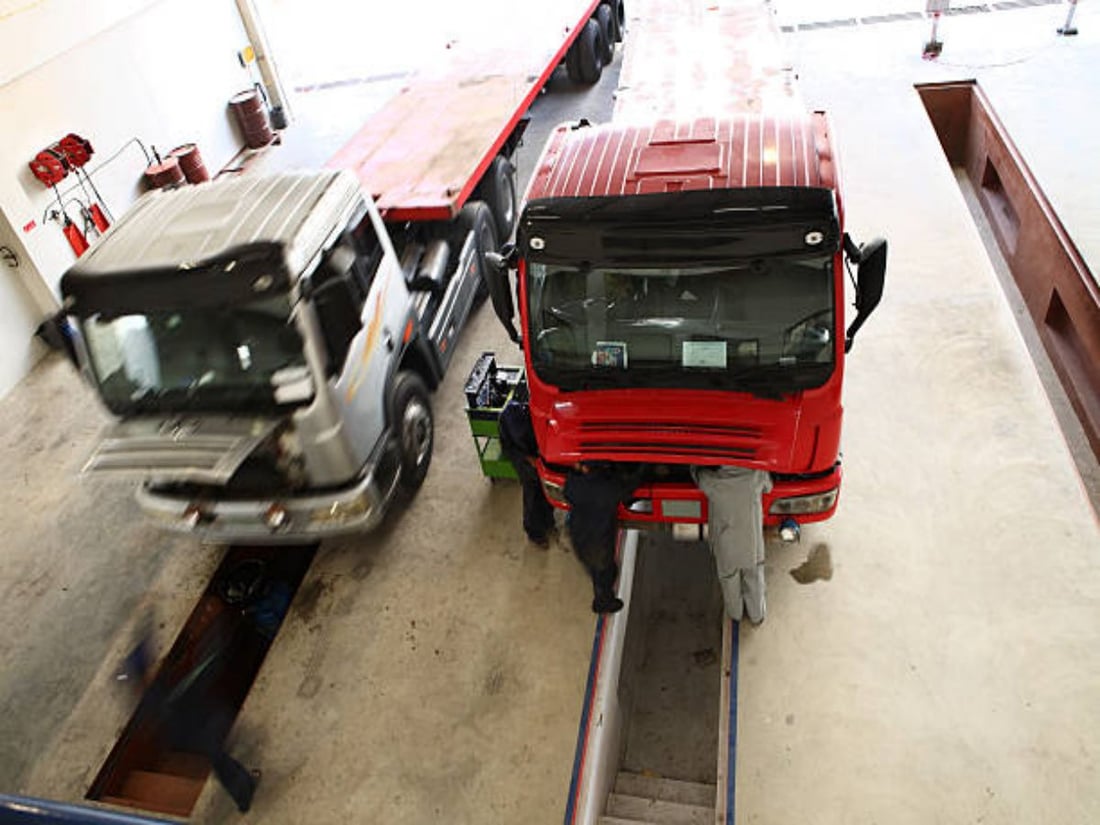The Essential Role of hydraulic elevator cylinders in Modern Lift Systems
Hydraulic elevator cylinders are a critical component of modern lift systems, providing the necessary force and motion to move elevators between floors. These cylinders play a vital role in ensuring the safety and efficiency of elevator operations. In this article, we will explore the various aspects of hydraulic elevator cylinders, including their function, types, maintenance, and the benefits they offer. Let's dive in!
1. Understanding the Function of Hydraulic Elevator Cylinders
Hydraulic elevator cylinders are responsible for generating the force required to raise and lower elevator cars. When a passenger presses a button to request a floor, hydraulic fluid, typically oil, is pumped into the cylinder, causing the piston to move. This movement is transferred to the elevator car, allowing it to ascend or descend smoothly.
Hydraulic elevator cylinders are designed to handle substantial loads and operate reliably over extended periods. They offer a proven and effective method for vertical transportation in various buildings, including high-rises, commercial complexes, and residential towers.
2. Types of Hydraulic Elevator Cylinders
There are two primary types of hydraulic elevator cylinders: single-stage and telescopic. Single-stage cylinders consist of a single piston rod and cylinder, while telescopic cylinders contain multiple stages nested within each other, allowing for greater travel distance without increasing the overall length of the cylinder.
Single-stage cylinders are commonly used in low-rise buildings or applications with shorter travel distances. Telescopic cylinders, on the other hand, are preferred for high-rise buildings, as they provide a longer stroke length while occupying less vertical space.
3. Maintenance and Inspection of Hydraulic Elevator Cylinders
To ensure the safe and reliable operation of hydraulic elevator cylinders, regular maintenance and inspection are essential. Routine inspections should be conducted by qualified professionals who can check for any signs of wear, leaks, or damage to the cylinders, pistons, seals, and hydraulic fluid.
Regular lubrication of the cylinder components is also necessary to minimize friction and ensure smooth operation. Additionally, the hydraulic fluid levels and quality should be monitored and maintained within the manufacturer's recommended guidelines.
4. Benefits of Hydraulic Elevator Cylinders
Hydraulic elevator cylinders offer several benefits that contribute to their widespread use in the elevator industry. One of the key advantages is their ability to handle heavy loads, making them suitable for both passenger and freight elevators. The hydraulic system provides a smooth and comfortable ride for passengers, minimizing vibrations and noise.
Furthermore, hydraulic elevator cylinders are known for their energy efficiency, as they only consume power when the elevator is in motion. This feature results in lower energy costs compared to other types of elevators, such as traction or pneumatic systems. Hydraulic systems are also less affected by variations in building height or load, ensuring consistent performance across different conditions.
5. Common Challenges and Solutions
While hydraulic elevator cylinders offer numerous benefits, they are not without their challenges. One common issue is the potential for hydraulic fluid leaks, which can lead to environmental concerns and increased maintenance costs. However, advancements in seal technology and the use of environmentally friendly fluids have addressed these concerns to a great extent.
Another challenge is the requirement for a dedicated machine room to house the hydraulic power unit and other associated equipment. This can limit design flexibility in certain buildings. However, modern hydraulic elevator systems have become more compact, allowing for more flexible installation options.
6. Innovations in Hydraulic Elevator Cylinders
The elevator industry is constantly evolving, and hydraulic elevator cylinders have seen their fair share of innovations. One notable development is the use of regenerative drives, which capture and reuse energy during the descent of the elevator car. This technology improves energy efficiency and reduces overall power consumption.
Advancements in control systems and sensors have also enhanced the performance and safety of hydraulic elevator cylinders. These systems monitor and regulate the elevator's position, speed, and acceleration, ensuring precise and reliable operation. Additionally, remote monitoring capabilities enable proactive maintenance and minimize downtime.
7. Environmental Considerations
With the growing focus on sustainability and energy efficiency, hydraulic elevator cylinders have undergone improvements to reduce their environmental impact. The use of biodegradable hydraulic fluids and eco-friendly materials in cylinder construction has become more prevalent.
Additionally, the development of energy-efficient components, such as power units and valves, has further reduced the energy consumption of hydraulic elevator systems. These advancements align with the industry's efforts to minimize carbon emissions and create greener building solutions.
8. Safety Measures and Regulations
Safety is of utmost importance in elevator systems, and hydraulic elevator cylinders adhere to stringent safety measures and regulations. The design and construction of cylinders must meet industry standards and codes to ensure reliable performance and passenger safety.
Regular inspections, load testing, and maintenance protocols are implemented to identify and address any potential safety concerns. Emergency braking systems and backup power supplies are also incorporated to ensure passenger safety in the event of power outages or other emergencies.
9. Future Trends in Hydraulic Elevator Cylinders
The future of hydraulic elevator cylinders is expected to focus on further energy efficiency improvements and the integration of smart technologies. The use of advanced control systems, machine learning algorithms, and Internet of Things (IoT) connectivity will enable real-time monitoring, predictive maintenance, and enhanced performance optimization.
Additionally, research and development efforts are underway to explore alternative hydraulic fluids that offer superior environmental performance while maintaining the necessary operational characteristics.
10. Conclusion
Hydraulic elevator cylinders are the backbone of modern lift systems, providing the necessary force and motion for vertical transportation. Their function, types, maintenance, and benefits make them a reliable and efficient choice for various building applications.
As technology continues to advance, hydraulic elevator cylinders will evolve to meet the demands of the industry while addressing environmental concerns and enhancing passenger safety. With ongoing innovation and adherence to safety regulations, hydraulic elevator cylinders will continue to play a crucial role in shaping the future of vertical transportation.

